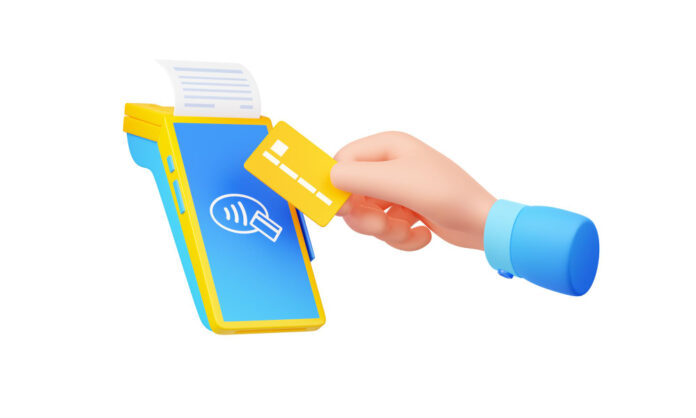Near Field Communication (NFC) has transformed the payment landscape, presenting a secure and convenient method for transactions. Whether you find yourself in a retail store, café, or on your commute, devices equipped with NFC capabilities enable quick, contactless payments. Below is a comprehensive manual detailing the utilization of NFC for payments:
Comprehending NFC:
NFC stands as a wireless communication technology that facilitates data exchange among devices within close proximity, usually within a few centimeters. Its functionality lies in establishing a connection between an NFC-enabled device (e.g., smartphone or card) and an NFC reader.
Setting Up NFC:
Verify Device Compatibility: Ensure that your smartphone or payment card supports NFC technology. Most contemporary smartphones come equipped with NFC capabilities.
Activate NFC: Access your device’s settings to enable the NFC feature. Additionally, certain devices may necessitate enabling features like “tap and pay” to facilitate payments.
Conducting Payments:
Select an NFC-Compatible Payment Method: If your bank or financial institution offers NFC payment services, link your debit or credit card to your device’s digital wallet. Widely-used digital wallets like Apple Pay, Google Pay, and Samsung Pay make use of NFC technology.
Initiate Payment: When prepared to make a purchase, unlock your device and bring it near the NFC reader situated at the payment terminal. Ensure alignment between your device’s NFC antenna and the reader.
Authenticate the Transaction: Depending on your device’s security settings, you might need to verify the payment using fingerprint scanning, facial recognition, PIN entry, or other authentication methods.
Confirmation: Following a successful payment, encrypted information will be exchanged between the terminal and your device. You will receive confirmation of the transaction either on your device’s screen or through a notification.
Security Measures:
NFC transactions undergo encryption, thereby minimizing the risk of data interception.
Most NFC transactions necessitate authentication (such as biometrics or PIN entry), providing an additional layer of security.
Conclusion:
NFC technology streamlines payment processes, offering speed, convenience, and heightened security. As an increasing number of businesses adopt NFC-compatible payment systems, familiarizing yourself with and employing this technology can enhance your transaction experiences, rendering your shopping encounters smoother and more secure than ever.




